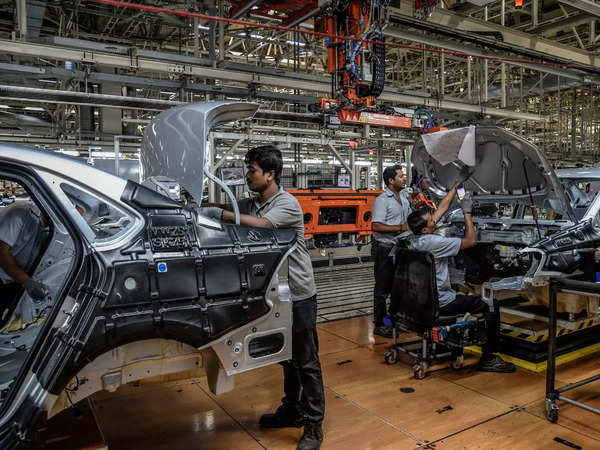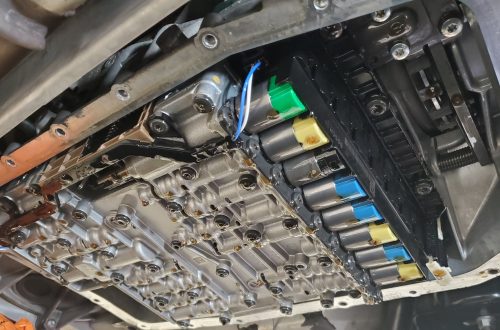Self-driving technology is no longer a futuristic concept; it’s rapidly becoming a reality that is transforming the auto industry. As advancements in artificial intelligence (AI), sensors, and connectivity accelerate, autonomous vehicles (AVs) are set to redefine how we think about transportation. This article delves into how self-driving technology is reshaping the auto industry, exploring the latest developments, challenges, and potential impacts on the future of mobility.

- The Evolution of Self-Driving Technology
Self-driving technology has come a long way since its inception. Early experiments in autonomous driving began as far back as the 1980s, but it wasn’t until the 21st century that significant progress was made. Today, companies like Tesla, Waymo, and General Motors are at the forefront of developing autonomous vehicles that can navigate complex environments with minimal human intervention.
Primary Benefits:
- Enhanced safety through reduced human error
- Increased accessibility for non-drivers
- Optimized traffic flow and reduced congestion
- The Role of AI and Machine Learning
Artificial intelligence and machine learning are the driving forces behind self-driving technology. These technologies enable AVs to process vast amounts of data from sensors, cameras, and radar to make real-time decisions on the road. AI-powered systems can recognize objects, predict movements, and react to changing conditions, making autonomous driving safer and more reliable.
Secondary Benefits:
- Continuous improvement through data-driven learning
- Enhanced precision in navigation and decision-making
- Reduced reliance on human input for vehicle operation
- Impact on Traditional Car Manufacturing
The rise of self-driving technology is forcing traditional car manufacturers to adapt to a new reality. Companies that once focused solely on mechanical engineering are now investing heavily in software development, AI, and cybersecurity. This shift is leading to the emergence of new business models, such as mobility-as-a-service (MaaS), where consumers can access vehicles on demand rather than owning them outright.
Challenges for Manufacturers:
- High costs of research and development in autonomous technology
- Integration of new technologies into existing vehicle platforms
- Need for partnerships with tech companies and startups
- Safety and Regulatory Challenges
While self-driving technology promises to reduce accidents caused by human error, it also introduces new safety and regulatory challenges. Governments and regulatory bodies are grappling with how to ensure the safe deployment of autonomous vehicles on public roads. Issues such as liability in the event of an accident, cybersecurity risks, and ethical decision-making by AI systems are at the forefront of these discussions.
Regulatory Considerations:
- Developing global standards for AV safety and performance
- Addressing public concerns about data privacy and security
- Establishing clear guidelines for AV testing and deployment
- The Future of Mobility: Autonomous Fleets and MaaS
As self-driving technology matures, we can expect to see a significant shift in how people view car ownership. Autonomous fleets operated by companies could become the norm, offering on-demand transportation services that reduce the need for personal vehicle ownership. This mobility-as-a-service (MaaS) model could lead to more efficient use of vehicles, reduced traffic congestion, and lower emissions.
Potential Benefits of MaaS:
- Lower transportation costs for consumers
- Reduced environmental impact through shared vehicle use
- Increased accessibility for people with disabilities or those without licenses
- Economic and Employment Impacts
The transition to self-driving vehicles will have far-reaching economic impacts. While the development and deployment of AVs are expected to create new jobs in technology and software development, there are concerns about job losses in sectors like trucking, taxi services, and car manufacturing. Policymakers and industry leaders must work together to manage this transition and ensure that workers are equipped with the skills needed for the jobs of the future.
Economic Considerations:
- Potential for job displacement in traditional automotive roles
- Creation of new opportunities in tech and mobility services
- Need for retraining and reskilling initiatives






